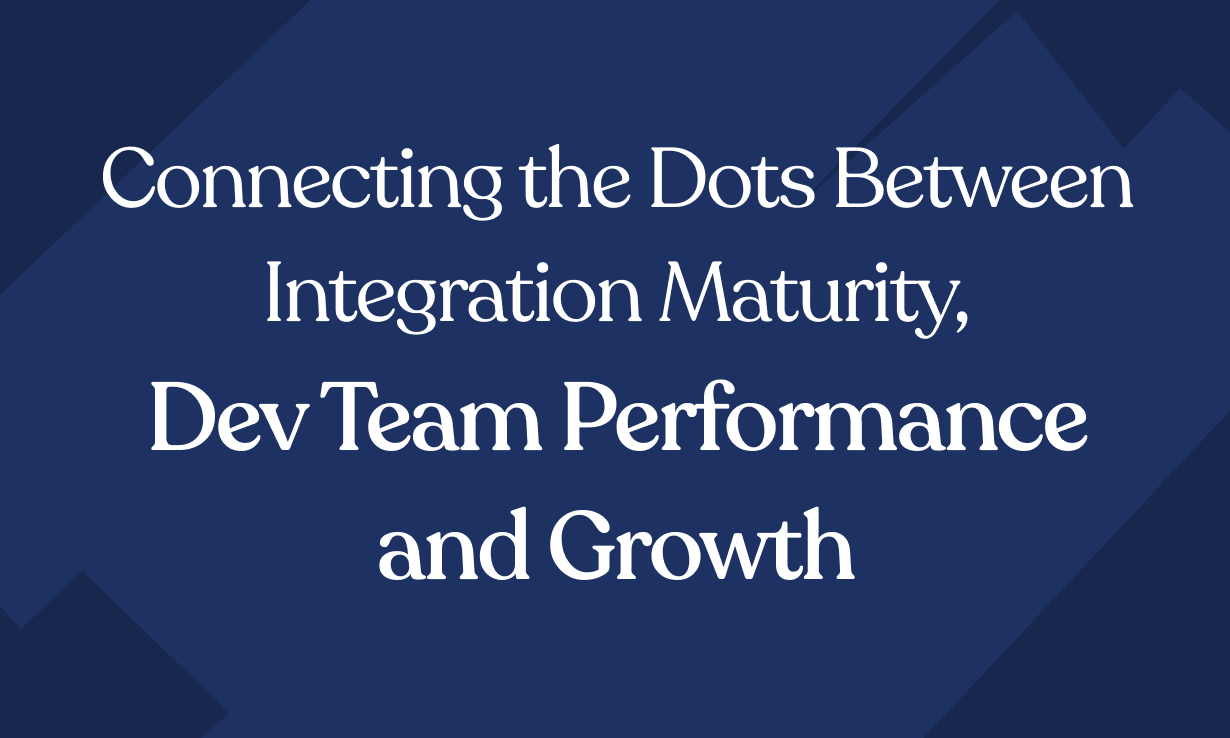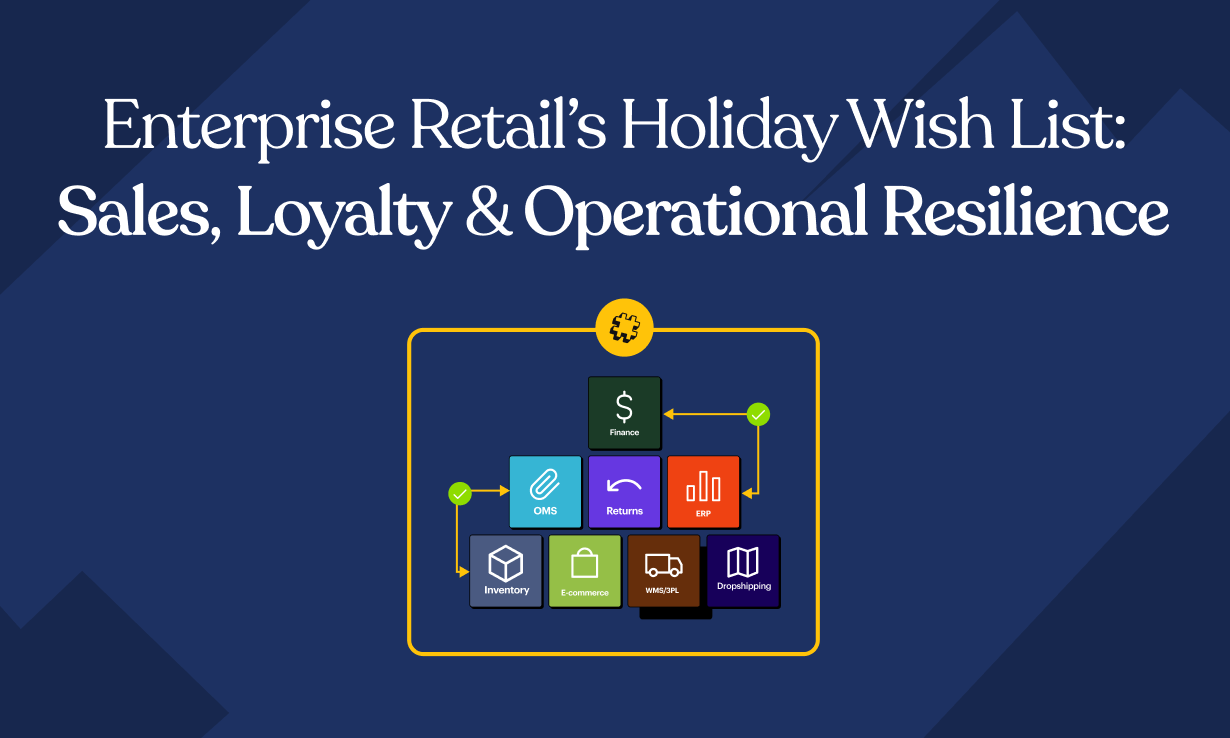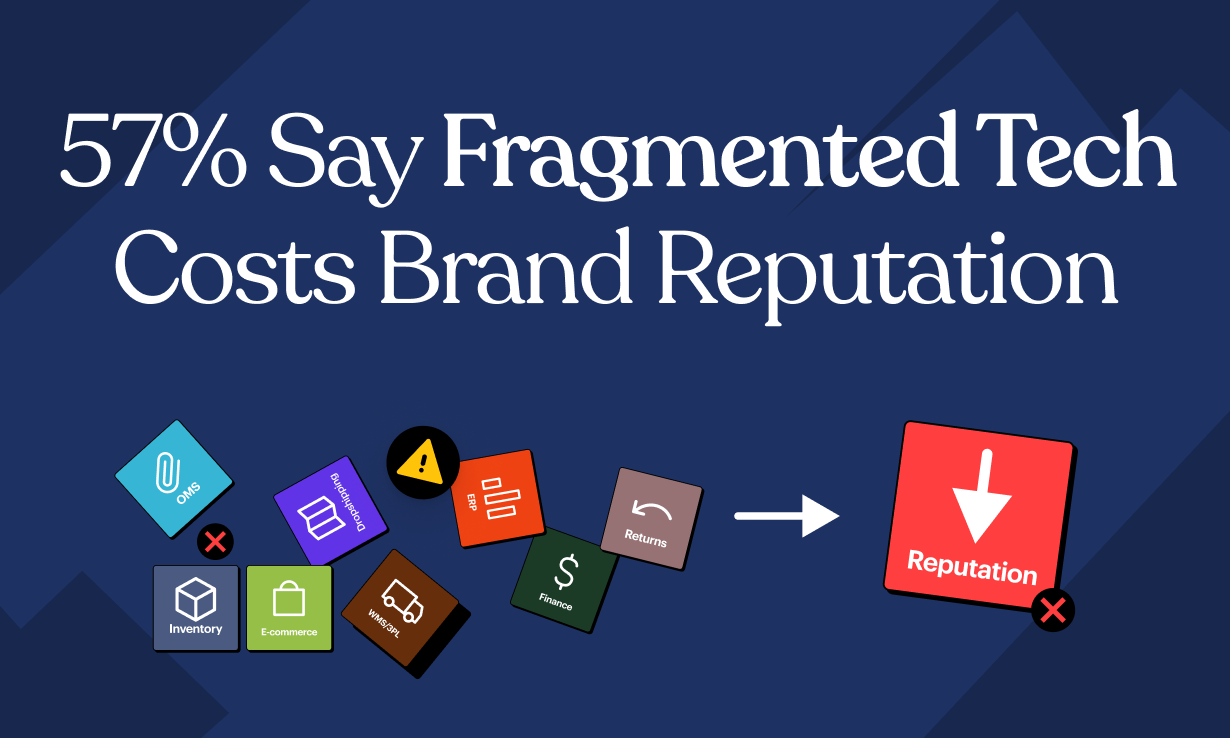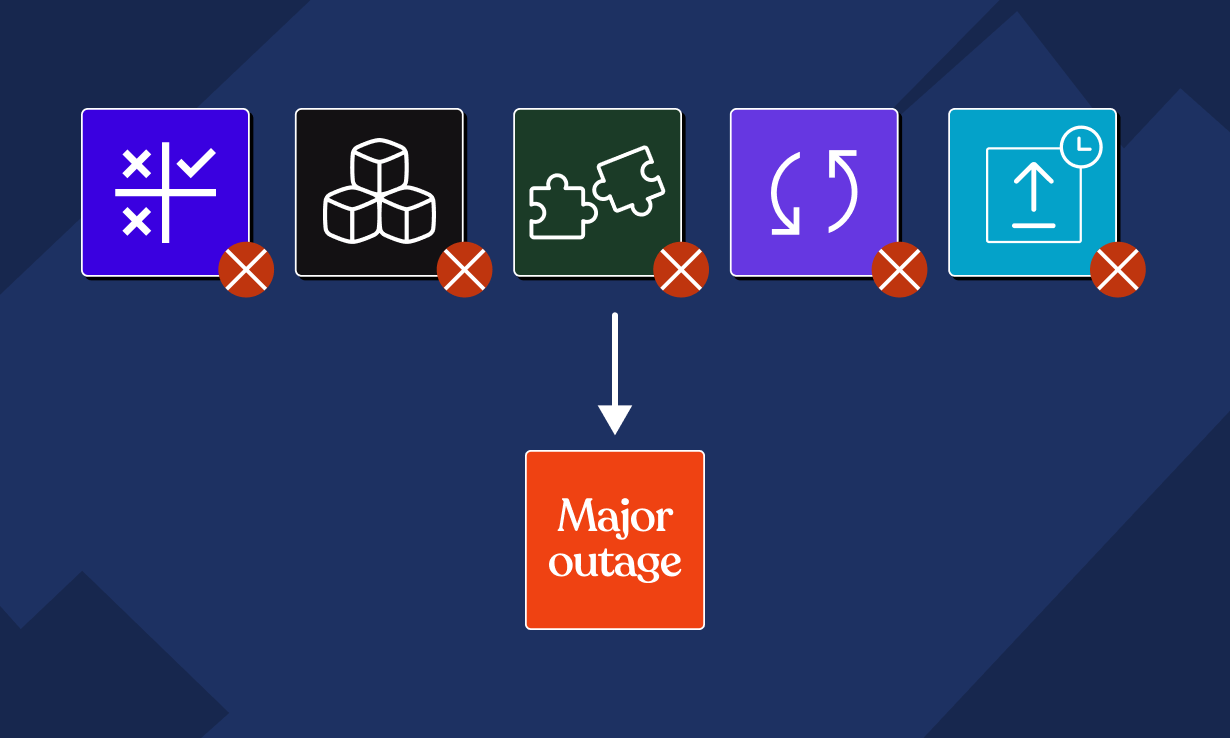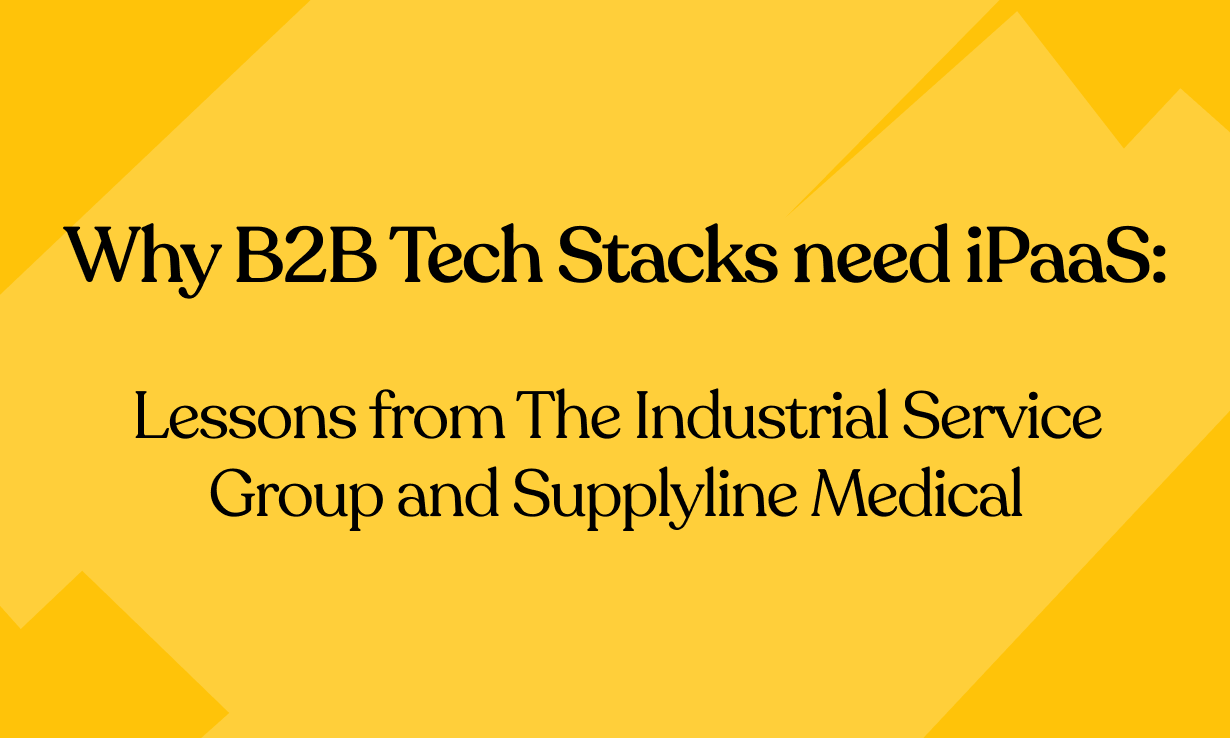Modernising Legacy Systems: How Agile Integrations Enable Digital Transformation
The pressure to innovate and improve operational efficiency is relentless, particularly in today’s fast-paced business environment! Enterprises that are still relying on legacy systems can find themselves at a competitive disadvantage. Legacy systems, while having served businesses well for decades, are often slow, siloed, and inflexible. As customer expectations evolve, and technology advances, these systems can become increasingly difficult to maintain and scale.
This is where agile integrations come in. Agile integration frameworks allow businesses to modernise their legacy systems, enabling digital transformation, improving efficiency, and laying the foundation for future growth. Let’s explore how agile integrations can help businesses overcome the challenges of legacy systems and drive digital transformation.challe
The Challenges of Legacy Systems
Legacy systems, while reliable in the past, pose significant challenges for modern businesses. Scalability is a key issue, as these systems struggle to handle increasing transaction volumes, data complexity, and customer demands, hindering growth. Additionally, legacy systems are often siloed, meaning they can't communicate with other platforms, which leads to fragmented data and inefficiencies across departments.
Another challenge is the lack of agility. In today’s fast-moving market, legacy systems are inflexible, making it difficult for businesses to quickly adapt to changes in customer needs or technology. This rigidity can delay responses to market shifts, putting businesses at a competitive disadvantage. Finally, the cost of maintenance for legacy systems is often high, as they require specialised expertise and frequent updates, diverting resources away from more strategic initiatives.
These challenges make it difficult for businesses to scale effectively, innovate, or fully capitalise on new opportunities, but agile integrations can help overcome these barrier
Agile Integrations: The Key to Modernising Legacy Systems
Agile integrations offer a flexible, incremental approach to modernising legacy systems without disrupting day-to-day operations. Rather than replacing old systems entirely, agile integration allows businesses to integrate newer technologies, such as cloud-based solutions, with existing legacy systems. This provides businesses with the following benefits:
1. Incremental and Flexible Approach
One of the key advantages of agile integration is its incremental nature. Unlike traditional approaches that may require complete system overhauls, agile integration enables businesses to make gradual improvements. New systems can be integrated with legacy infrastructure one step at a time, reducing the risk of disruption while delivering immediate benefits.
For example, businesses can start by integrating an e-commerce platform with their existing enterprise resource planning (ERP) system. Over time, they can add other integrations, such as customer relationship management (CRM) systems or third-party logistics (3PL) platforms. This allows businesses to modernise at their own pace and according to their specific needs.
2. Connecting Disparate Systems
Legacy systems often operate in silos, making it difficult for businesses to access and share critical data across departments. This results in inefficiencies, errors, and delays. Agile integrations allow businesses to break down these silos by seamlessly connecting various systems, ensuring that data flows freely across platforms in real time.
For example, integrating customer data from an e-commerce platform with inventory management systems enables businesses to optimise stock levels, fulfil orders more efficiently, and enhance the customer experience. These integrations also provide a 360-degree view of business operations, improving decision-making and providing insights that were previously difficult to obtain.
3. Real-Time Data and Automation
Agile integrations enable businesses to implement real-time data exchanges and automated workflows. By automating routine tasks, businesses can reduce manual efforts, lower the risk of human error, and increase efficiency. This automation is critical for staying competitive in today’s market, where customers expect fast, accurate service.
For example, when an order is placed on an online store, an automated integration can instantly update inventory levels, trigger the dispatch process, and send confirmation emails to customers. This ensures a seamless customer experience while reducing the workload for employees.
4. Scalability and Future-Proofing
As businesses grow, they need scalable solutions that can adapt to changing demands. Agile integration allows businesses to future-proof their technology stack by ensuring that legacy systems can seamlessly integrate with new technologies. Whether it's integrating with cloud solutions, third-party services, or new platforms, agile integrations make it easier for businesses to scale their operations without having to overhaul their entire tech stack.
For example, a business might begin by integrating a customer-facing e-commerce platform. As their customer base grows, they can easily integrate new modules, such as supply chain management or advanced analytics, into their existing infrastructure, ensuring they can meet the demands of their expanding business.
Take a look at how Belstaff used agile integrations to support their digital growth journey. Access the full-length clip here!











